How to Sprout at Home: A Beginner’s Guide
Sprouting at home is an easy, affordable, and nutritious way to add fresh greens to your diet year-round. Whether you’re a seasoned gardener or a beginner with no green thumb, sprouting requires minimal space, time, and effort. Not only are sprouts packed with vitamins, minerals, and enzymes, but they also add a delightful crunch and flavor to salads, sandwiches, stir-fries, and more. In this guide, we’ll walk you through the simple steps to sprout at home successfully.
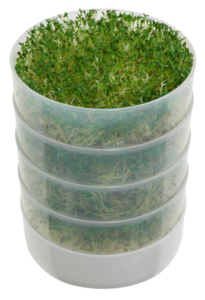
Check Out our Kitchen Crop Sprouter here!
Getting Started
Choose Your Seeds
Selecting high-quality seeds is important for successful sprouting. You can use a variety of seeds, grains, nuts, and legumes for sprouting. Popular choices include alfalfa, broccoli, mung beans, lentils, radish, and fenugreek. Make sure your seeds are labeled for sprouting or are untreated to ensure they haven’t been chemically treated.

We offer quality Canadian made Mumm’s Sprouting Seeds, which can be found here!
Gather Equipment
You don’t need fancy equipment to sprout at home. Here’s what you’ll need:
- Above mentioned ready to use Kitchen Crop Sprouter, or
- Wide-mouthed glass jars or sprouting trays
- Cheesecloth, mesh lids, or breathable fabric
- Water
- Seeds for sprouting
Preparing Your Sprouting Container
If you’re using glass jars, place about one to two tablespoons of seeds in the jar and cover them with water. Secure a piece of cheesecloth or mesh over the mouth of the jar with a rubber band or the jar lid’s ring. If you’re using sprouting trays, follow the manufacturer’s instructions for layering seeds evenly.
The Sprouting Process (may vary dependent on style of sprouter)
1. Soaking
- After placing the seeds in your container, fill it with water and allow them to soak overnight or for the time recommended on the seed packaging.
- Soaking softens the seeds’ outer shells and kickstarts the germination process.
2. Rinsing and Draining
- After soaking, drain the water from the seeds by pouring it out through the cheesecloth or mesh.
- Rinse the seeds thoroughly with fresh water.
- For optimal results, rinse and drain your seeds two to three times a day to prevent mold or bacterial growth and to keep them moist.
3. Germination
- Continue rinsing and draining your seeds regularly until you start to see tiny sprouts emerging.
- This typically takes anywhere from two to seven days, depending on the type of seed and environmental conditions like temperature and humidity.
4. Greening (Optional)
- Once your sprouts have germinated, you can expose them to indirect sunlight for a few hours each day to encourage greening.
- This step is optional but can enhance the flavor and nutritional value of your sprouts.
Harvesting and Storage
- When your sprouts have reached the desired length—usually about one to three inches—rinse them one final time and drain them thoroughly.
- Store your sprouts in a clean container in the refrigerator, where they’ll stay fresh for up to a week.
- Remember to rinse them every few days to maintain freshness.
Safety Precautions
- Always use clean equipment and wash your hands thoroughly before handling sprouting seeds.
- Keep sprouting containers away from direct sunlight and in a well-ventilated area to prevent mold growth.
- If you notice any foul odors, sliminess, or mold on your sprouts, discard them immediately.
Enjoying Your Sprouts
- Salad Boosters – Sprouts make an excellent addition to any salad, providing a crunchy texture and a burst of freshness. Mix them into leafy greens, cucumber slices, cherry tomatoes, and your favorite salad dressing for a nutritious and flavorful meal.
- Sandwich Fillings – Upgrade your sandwiches and wraps with a handful of sprouts. Layer them onto your favorite bread or wrap along with sliced avocado, hummus, roasted vegetables, and protein of your choice for a satisfying and nutrient-packed meal. .
- Stir-fries and Stir-fry Bowls – Add them towards the end of cooking to retain their crispiness and freshness. Combine sprouts with colorful vegetables, tofu, chicken, or shrimp, and your favorite stir-fry sauce for a quick and healthy meal that’s bursting with flavor.
- Smoothie Boost – Add a handful of sprouts to your morning smoothie for an extra dose of vitamins, minerals, and fiber. While it might sound unconventional, sprouts blend well with fruits like bananas, berries, and mangoes, as well as leafy greens and almond milk.
More Ideas!
- Garnish for Soups and Curries – Sprinkle sprouts on top of your favorite soups, stews, and curries just before serving to add a pop of freshness and texture. They not only enhance the visual appeal of your dish but also provide a delightful contrast to the warm and comforting flavors.
- Sushi Rolls – Include sprouts in homemade sushi rolls to add a crunchy element and a nutritional boost. Serve with soy sauce, wasabi, and pickled ginger for a complete sushi experience at home.
- Sprout Wraps – Fill your wraps with sprouts, grilled vegetables, quinoa, beans, and a drizzle of tahini or avocado dressing for a light and refreshing meal that’s perfect for lunch or dinner.
- Topping for Pizza or Flatbreads – Sprinkle sprouts on top of homemade pizzas or flatbreads for a nutritious and colorful topping. After baking your pizza or flatbread, scatter a handful of sprouts over the hot surface and let them wilt slightly. Their fresh and crunchy texture adds an unexpected twist to traditional pizza flavors and makes for a vibrant and satisfying meal.
- Try combining different types of sprouts, such as alfalfa, radish, and broccoli, for added variety and color.
Sprouting at home is not only a fun and rewarding hobby but also a sustainable way to incorporate nutrient-rich greens into your daily diet. With just a little bit of time and effort, you can enjoy fresh, crunchy sprouts year-round, right from the comfort of your own kitchen. Happy sprouting!
If you would like to learn the WHYs of sprouting, as in the “Why Should I?” part of it, keep reading:

1. Nutrient-Rich:
Sprouts are packed with essential vitamins, minerals, and antioxidants, making them a nutritional powerhouse. During the sprouting process, the nutrient content of seeds increases significantly. Sprouts are particularly rich in vitamin C, vitamin K, folate, potassium, iron, and fiber, among other nutrients.
2. Enhanced Digestibility:
Sprouting breaks down complex carbohydrates and proteins into simpler forms, making them easier to digest and absorb. This process also reduces the presence of antinutrients, such as phytic acid and enzyme inhibitors, which can interfere with nutrient absorption in the body. As a result, sprouts are gentler on the digestive system and may improve overall nutrient uptake.
3. Increased Enzyme Activity:
Sprouts are abundant in enzymes that aid in digestion and metabolic processes within the body. Enzymes play a crucial role in breaking down food and facilitating nutrient absorption. Consuming sprouts may help support digestive health and improve the body’s ability to extract and utilize nutrients from food.
4. Low in Calories:
Despite their nutritional density, sprouts are relatively low in calories, making them an excellent option for those looking to manage their weight or reduce calorie intake. Incorporating sprouts into meals adds bulk and texture without significantly increasing calorie consumption, allowing you to feel satisfied while maintaining a balanced diet.
5. Versatility:
Sprouts are incredibly versatile and can be incorporated into a wide range of dishes, including salads, sandwiches, stir-fries, soups, wraps, smoothies, and more. Their mild flavor and crunchy texture complement both sweet and savory flavors, making them a versatile ingredient in various cuisines and culinary styles.
6. Sustainable and Cost-Effective:
Growing sprouts at home is a sustainable and cost-effective way to access fresh greens year-round. Sprouting requires minimal resources, such as water and space, and can be done using simple equipment found in most kitchens. By sprouting your own seeds, you reduce food waste, save money on grocery expenses, and enjoy the satisfaction of growing your own nutritious food.
7. Freshness and Flavor:
Sprouts add a burst of freshness and flavor to dishes, enhancing their taste and appeal. Whether used as a garnish, topping, or main ingredient, sprouts contribute a delightful crunch and subtle nuttiness to meals. Incorporating sprouts into your culinary repertoire can elevate the overall taste and sensory experience of your favorite dishes.
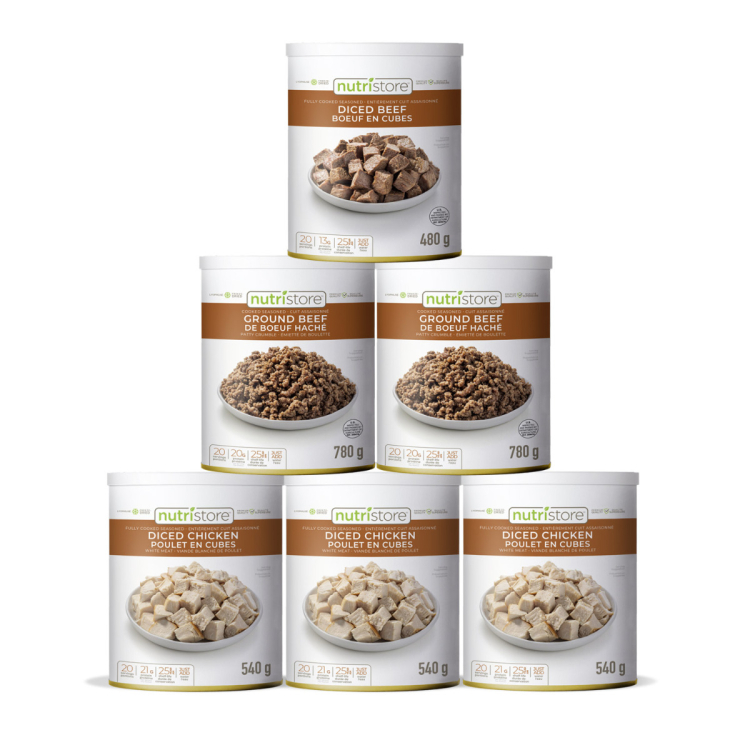

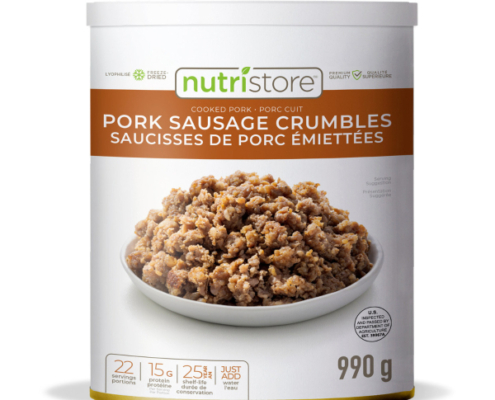
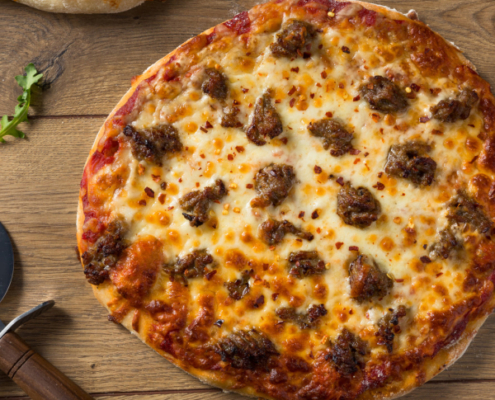
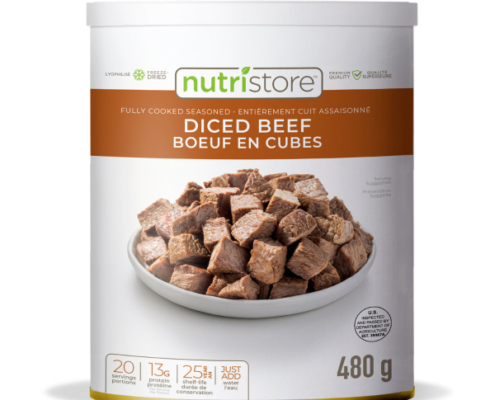

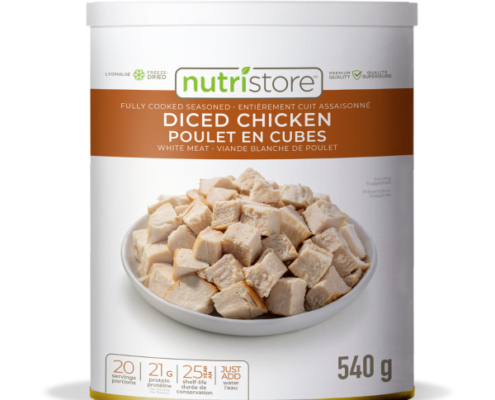
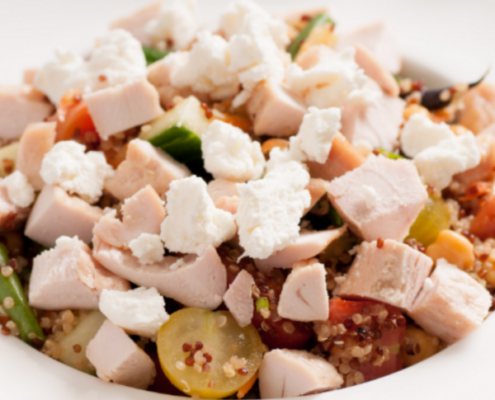

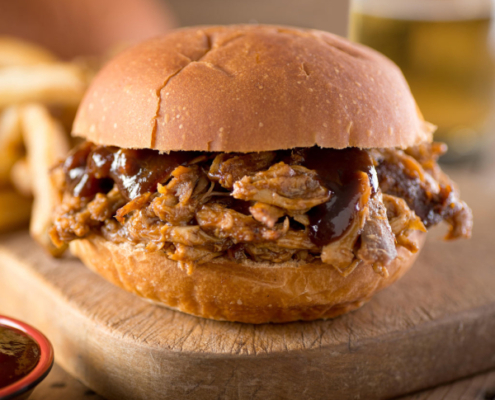
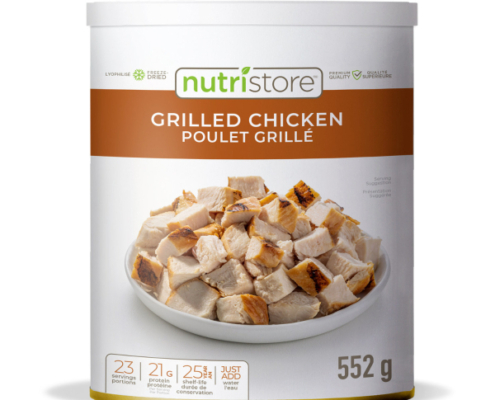
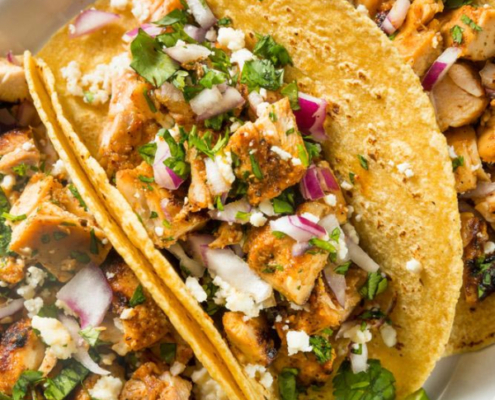
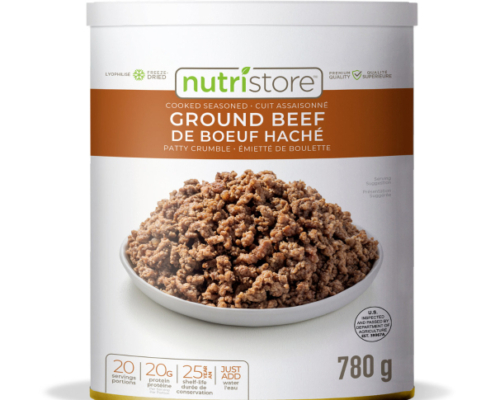
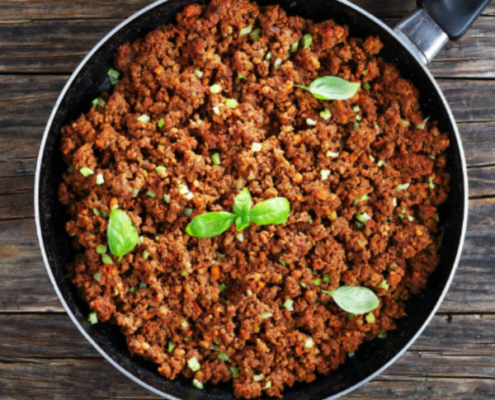



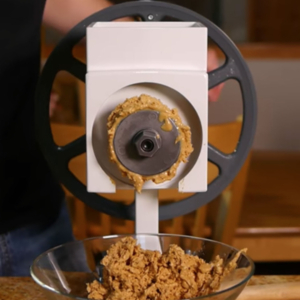
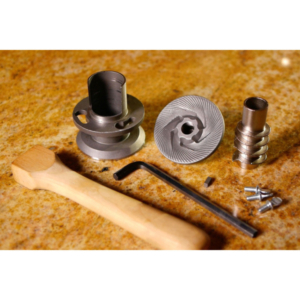
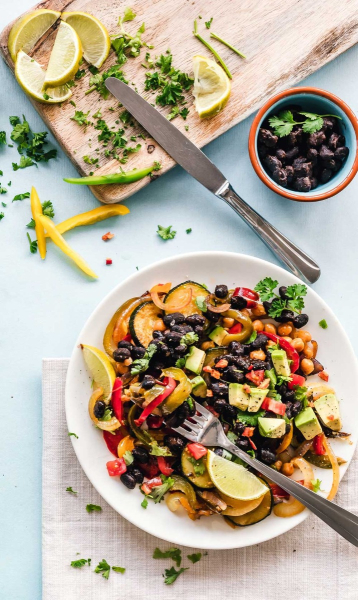

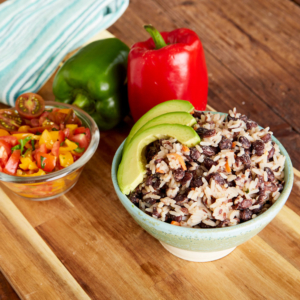
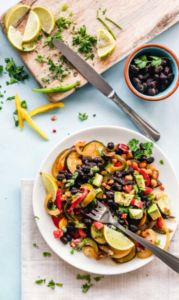
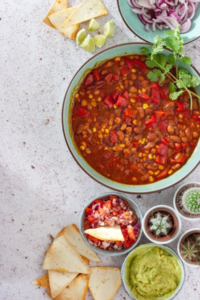







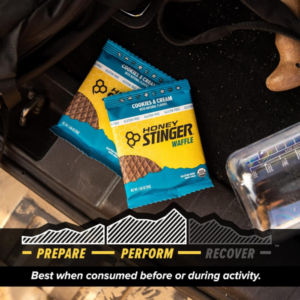

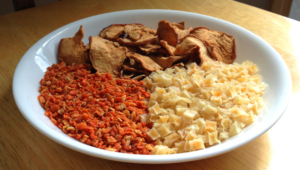
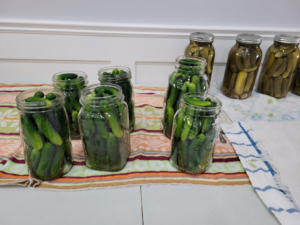 Pickling:
Pickling:

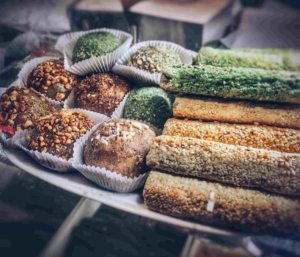



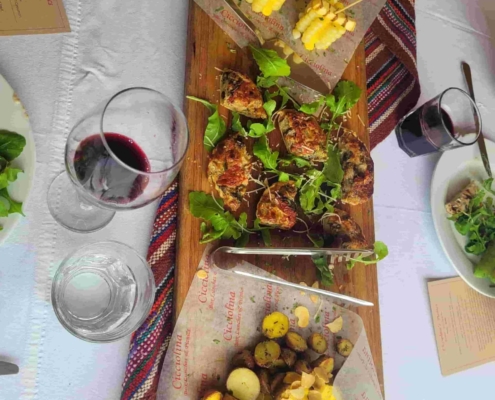




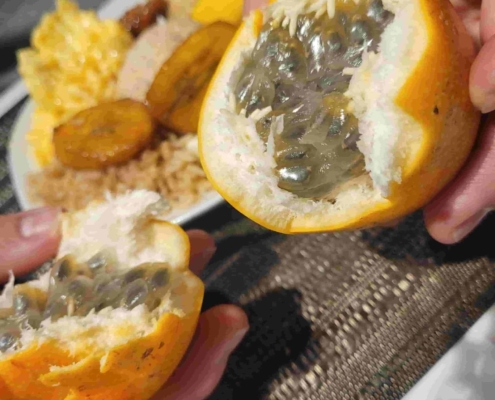

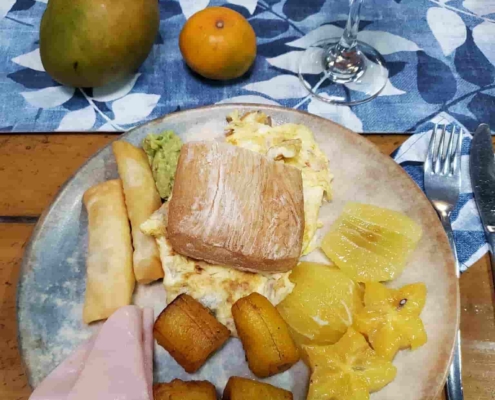
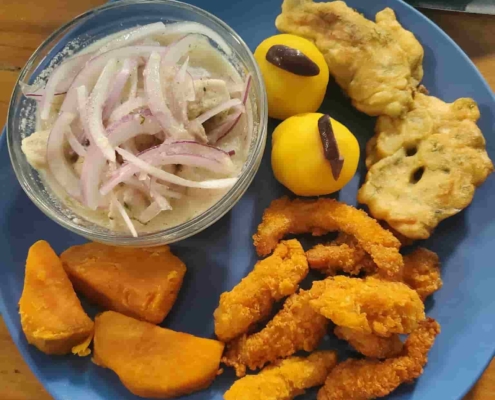
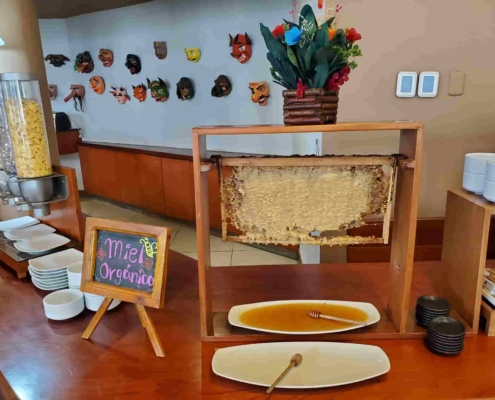
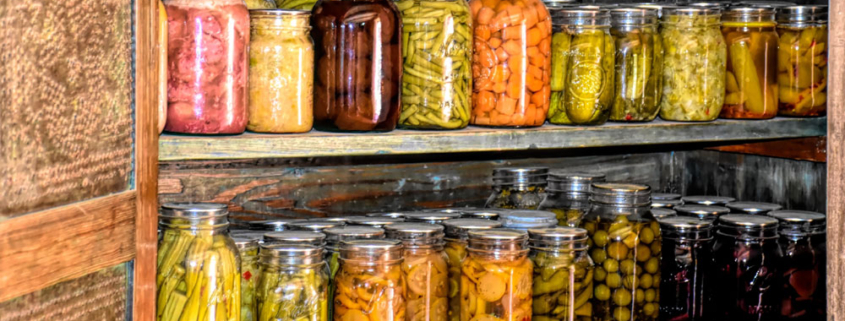

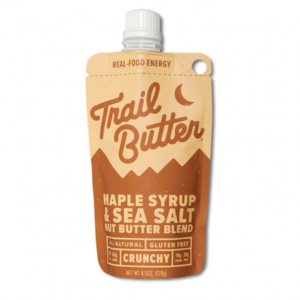
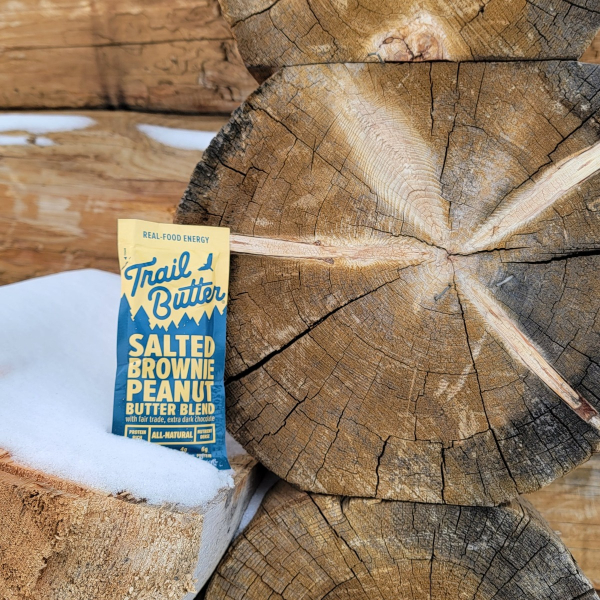


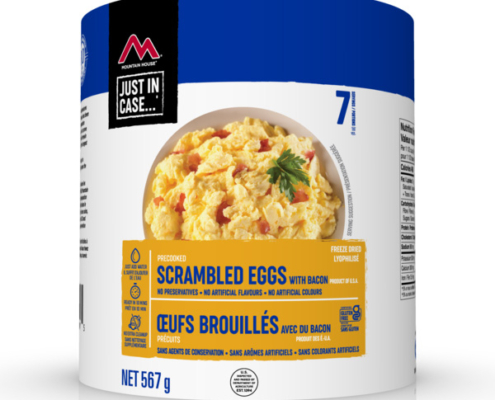

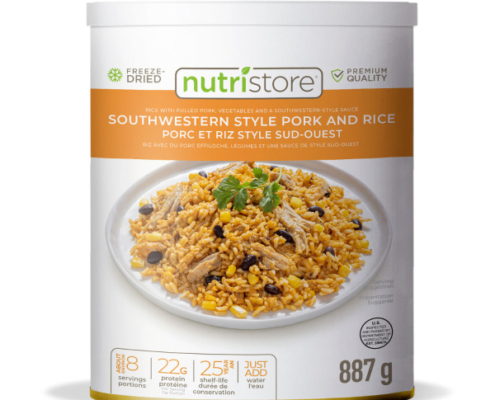
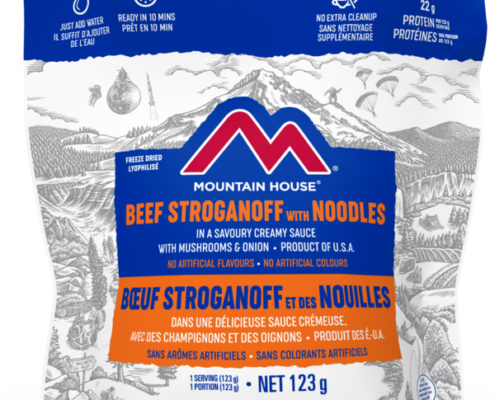
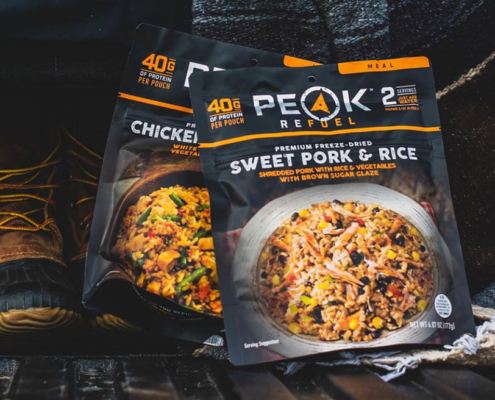



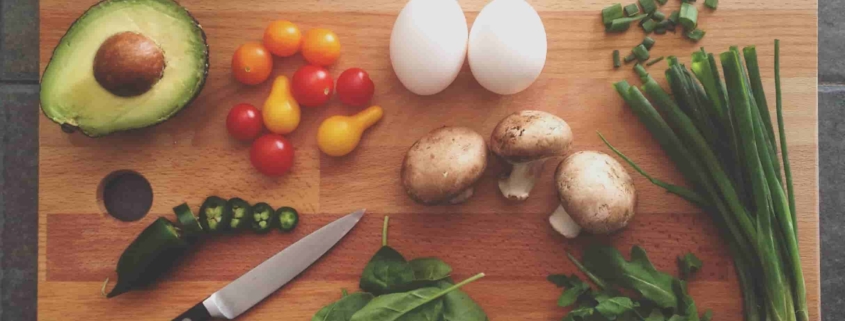

 and replace them with fresh purchases. This practice not only reduces food waste but also ensures that you’re consuming the most nutritious products.
and replace them with fresh purchases. This practice not only reduces food waste but also ensures that you’re consuming the most nutritious products.